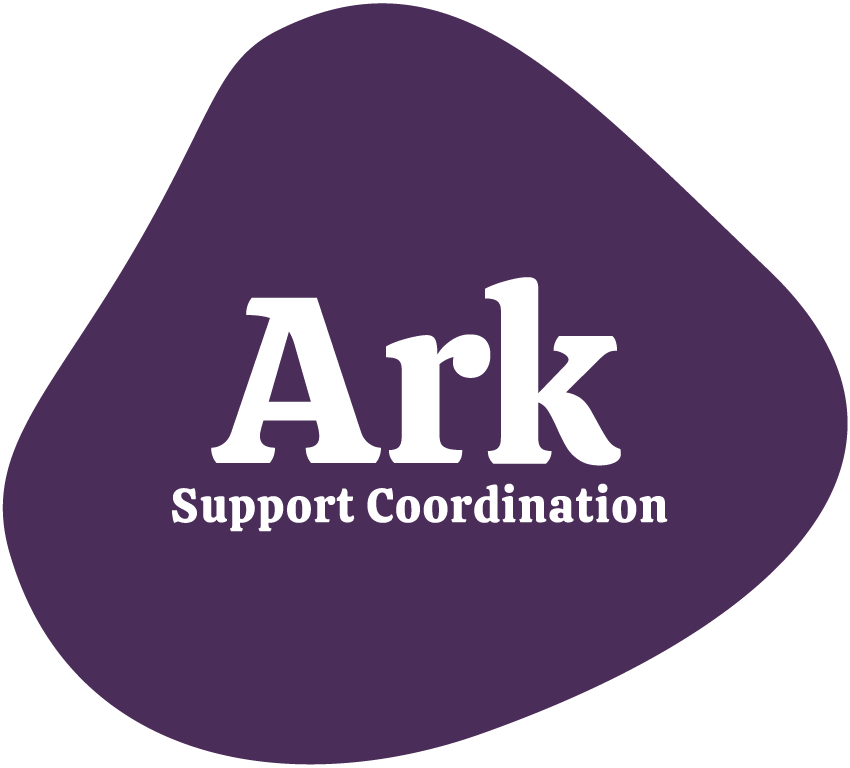Recovery-Oriented Language, Without Expectation
The recovery-oriented language model emphasises the need for person-first, individualised approach by support services to reduce internal and external stigma. Whilst acknowledging change and being optimistic for the future, we must also be careful not to convey an expectation of recovery.
What is recovery-oriented language? And why use it?
Recovery-oriented language concerns how we talk about mental health challenges and substance use. The words we use have weight and can either empower individuals or preserve dated ways of thinking around these issues, further contributing to the marginalisation of individuals in recovery.
Recovery-oriented language is being conscious of how we discuss mental health and drug use. Stigmatising terms like ‘drug addict’ or ‘alcoholic’ add to a person’s self-stigmatisation and feelings of shame and guilt, increasing barriers to reducing stimulant use. Choosing to emphasise the importance of well-being and hope, as often for those in recovery, seeing the potential for change is necessary in the early stages, when individuals may feel overwhelmed about their future.
Especially in a system often focused on diagnostics not function, as providers, we can choose to convey optimism and belief rather than pessimism and low expectations.
Benefits of recovery-oriented language
Recovery-oriented language emphasises the potential for recovery and growth, reducing the shame and stigma associated with mental health and substance use disorders.
When individuals in recovery and those around them communicate in a way that emphasises their strengths and potential for growth, it fosters self-esteem, helps others understand their perspective and builds trust. Feelings of support and acceptance are important to the overall well-being of all people and critical for those in recovery.
This type of language promotes better communication between individuals in recovery, their families, and service providers, resulting in more personalised and effective treatment.
Putting individuals in the centre of their recovery emphasises their agency and self-determination rather than simply managing symptoms. Supporting individualised, person-centred practice by recognising the person first, rather than an illness.
Lastly, recovery-oriented language can promote a culture of recovery within the larger community. It encourages more people to seek treatment and support for mental health and substance use if we use de-stigmatising language around their experience.
‘Recovery is often more about ‘coping’ than ‘cure’; for example, managing negative feelings and bodily changes rather than trying to prevent them from occurring or denying their existence.’ Joanne Neale et al.
Coping over cure
Whilst using recovery-oriented language, it is important to promote the journey, not an eternal end state. Whilst recovery-oriented language is best practice compared to traditional language around substance use, it’s essential to acknowledge recovery looks different for everyone and isn’t always ‘achievable’.
For those at a sober point, it’s important to acknowledge their work to get there. But it’s also important to recognise some people might experience their lives without reaching sobriety, and that’s ok too. Sober doesn’t always equal recovery. Substance use can be chronic and relapsing. For individuals using substances, recovery may look like less use, not end of use.
‘If we set expectations too high, we risk further excluding those who are already marginalised; if we set expectations too low, there will likely be little satisfaction in making progress.’ Joanne Neale et al.
Sobriety is also not always sustainable. It requires a lot of ongoing support and resources not always available. Everyone’s goals are different. Other factors in their life may be more important than being sober, like rebuilding relationships, housing, participation, or improving mental or physical health.
Recovery is a process and a personal journey, emphasising the need for a flexible and individualised approach to treatment and support services. Providers and support networks need to approach a client’s journey with a realistic, non-linear recovery strategy.
It may be more realistic to focus on harm reduction and managing negative effects than striving for complete abstinence. Being at a better place than when you started, but acknowledging it might not be like that every day.
Ruby Wheeler. 
